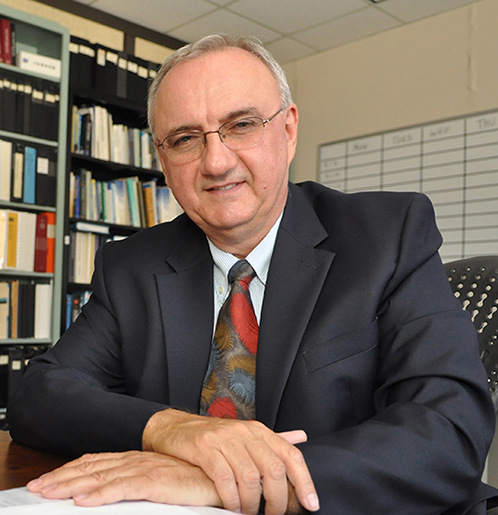
The power grid is one of those things that most of us take for granted, but it's time to acknowledge that it's vulnerable to power outages due to age, variability of distributed renewable generation resources and attacks. The annual cost of short power interruptions (i.e., five minutes or less) in the U.S. is $60 billion, and in Canada, momentary outages (one minute or less) cost $8 billion annually, while sustained outages cost $4 billion.
To help avoid such outages, the National Energy Technology Laboratory (NETL) of the Department of Energy (DOE) announced the award of nearly $7 million to explore the use of big data, artificial intelligence, and machine learning technology and tools to derive more value from the vast amounts of sensor data already being gathered and used to monitor the health of the grid and support system operations. A Texas A&M University team led by Dr. Mladen Kezunovic, director of the Texas A&M Engineering Experiment Station’s Smart Grid Center, received a $1 million NETL grant to use Big Data Analytics (BDA) to automate monitoring of synchrophasor recordings.
The DOE projects are expected to inform and shape the future development and application of faster grid analytics and modeling, better grid asset management and sub-second automatic control actions that will help system operators avoid grid outages, improve operations and reduce costs.

Kezunovic, Regents Professor and the Eugene E. Webb Professor in the Department of Electrical and Computer Engineering, will lead the project “Big Data Synchrophasor Monitoring and Analytics for Resiliency Tracking (BDSMART),” with most of the research being conducted at the Smart Grids Control Center at the Center for Infrastructure Renewal.
The project will use BDA to automate the monitoring of synchrophasor recordings, which will improve assessing events that may affect power system resilience. The proposed BDA will be used to automatically extract knowledge leading to event analysis, classification and prediction, all used at different stages of the grid resilience assessment: operations, operations planning and planning.
“The research is aimed at developing data analytics algorithms to automatically analyze power system disturbances based on the measurements from the synchrophasor monitoring systems,” said Kezunovic. “Such analysis enables prediction of major disturbances that may cause a blackout. As a result, the use of such algorithms in the control centers will enable the electricity grid operators to maintain normal power system conditions and avoid outages.”
Kezunovic said the project will last 1.5 years, and should benefit the utility industry by helping prevent future outages since current practices are very time consuming and quite often ineffective.
“Such algorithms do not exist today, so the operators have to interpret the recordings using manual inspection, which is tedious, quite often inconsistent and most importantly overwhelming when a large number of recordings is available,” he said. “In the long run, manual inspection and analysis is not effective and requires automation.”
The project’s techniques are based on past work performed at TEES on automated classification of faults, location of faults and instability detection using neural network and machine learning classifiers and predictors, and the latest innovations in BDA techniques developed by Temple University. Kezunovic said they will develop the algorithms then test them using actual recordings from utility companies.
The team will engage experts from Quanta Technology (a prominent consulting firm in the area of power systems) experienced in the utility interaction to interpret the phasor measurement unit (PMU) data files to be utilized in the process. They will facilitate industry feedback leading to the development of metrics for evaluation of the proposed solution. Additionally, the project proposes a novel solution for predicting future events based on historical PMU data by extracting the sets of precursors and analyzing the development of PMU observed disturbances over time.
The co-principal investigators on the project are Dr. Zoran Obradovic, professor at Temple University (Obradovic leads a center on data sciences and analytics,); Dr. Yi Hu, executive advisor at Quanta Technology; and Rachna Handa, innovation project leader at OsisSoft, a major supplier of data management software for control centers. “This partnership makes a strong interdisciplinary team that assures the required expertise and a path to commercialization,” said Kezunovic.